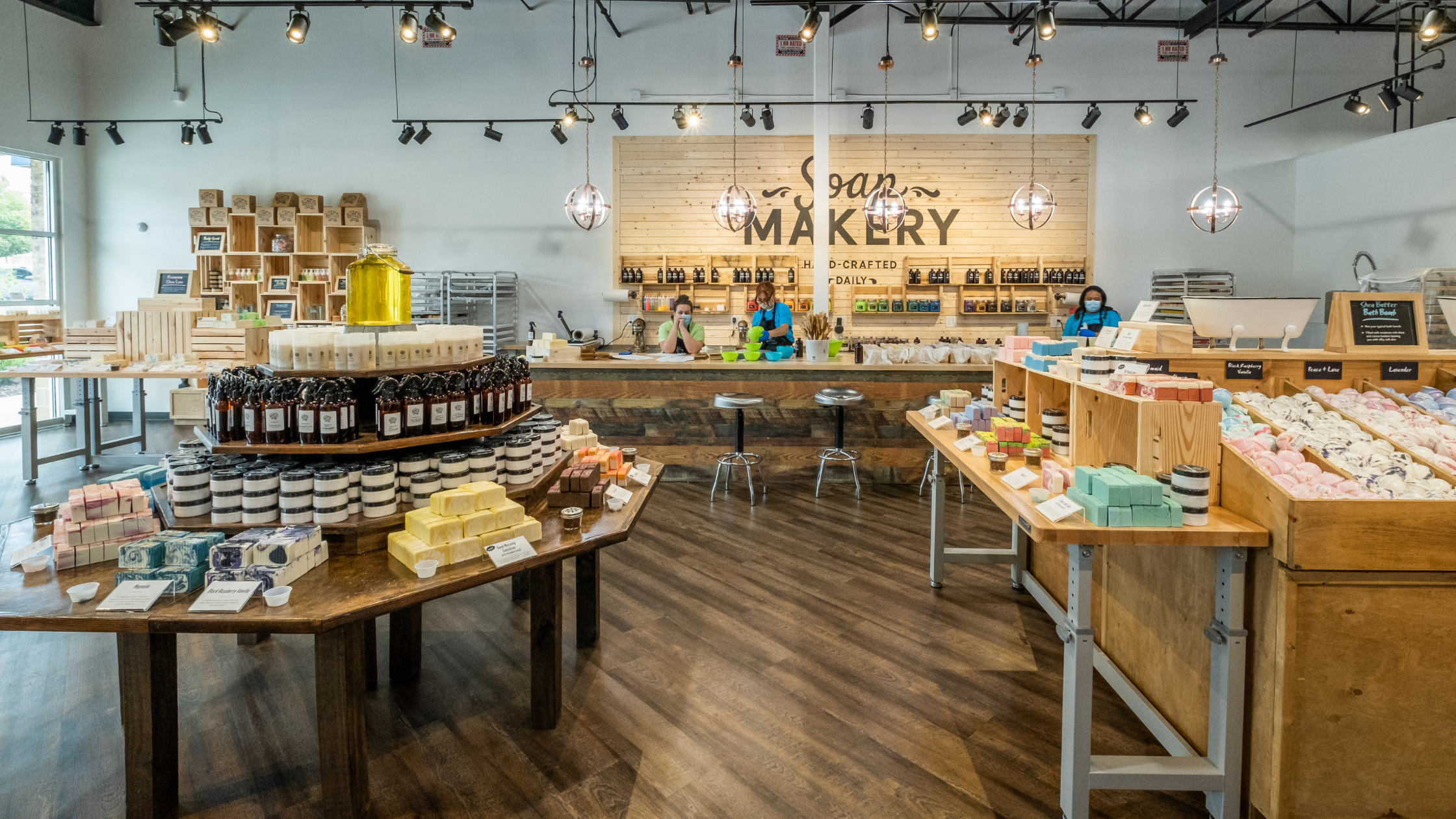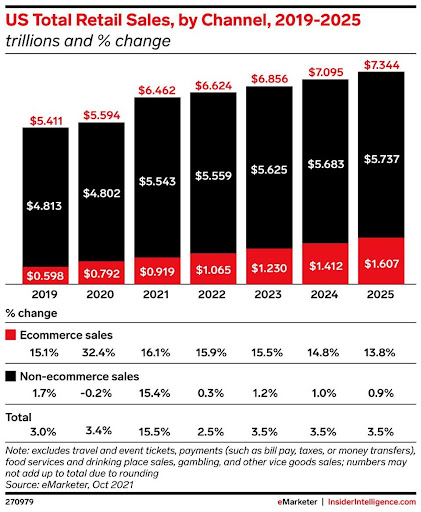Call Sales: +1 (833) 437-3835
Call Sales: +1 (833) 437-3835
Sarah Vancini | January 13, 2022 |

You’ve weathered the return of lockdowns, the uncertain deployment of COVID-19 vaccines, as well as 2021’s infamous supply chain issues (some of which are lingering still).
Coming into 2022, as a retail leader, you must continue to be agile and in tune with industry trends. Although the future of the pandemic and supply chain issues is uncertain, you should plan to do the following things in order to stay in business in 2022:

E-commerce exceeded $1 trillion in retail sales in 2021. However, the pace of “e-tail” growth is predicted to be slow in 2022. In fact, 84% of sales are still coming from physical stores.
Over the past few years many retail stores have been closing. But in 2022 we expect the number of closure plans to decline. Companies will continue to divert investments from flagship stores to smaller stores with curated experiences.
It’s important as a retailer that you experiment and incorporate technology within your shopper’s journey at your brick-and-mortar locations. Some ways you can make your shopping experience more digital include:
In the last year and a half, the abundance of assorted products has been challenged by supply chain disruptions. You saw wait times and shipping costs rise. The cost to ship goods from Asia to the US grew from $2,000 in 2019 to $25,000 in 2021. These shipping woes are slated to continue into 2022, but you can be prepared by:
Hopefully as you read this blog post your company has made it through “the Great Resignation” this past year, with upwards of four million U.S. employees quitting their jobs this summer. Companies have been trying to fill 10.9 million open positions, as holiday staffing was down 7.5% from 2020.
The difficulty of acquiring and maintaining talent has to do with health concerns with COVID-19, associated poor working conditions, unlivable wages and benefits as well as burnout and mental health concerns.
With limited pressure on workers to cave to employers demands, we expect difficulties in hiring to continue into 2022.
For retailers, the labor shortage may have meant operating for shorter hours, poorer customer service and longer wait times in-store.
To increase retention consider:
The pandemic required technology inside and outside of our stores to work together seamlessly like never before. As customer’s preferences for tailored experiences increased simultaneously, we had to meet or surpass their expectations both in-store and online. These expectations include:
In 2022 it will continue to be important to invest in technology tools to ensure consistency across channels. Robust POS platforms, which can track inventory, check out customers and manage marketing campaigns, will become essential.
Whether you're focusing on enhancing in-store shopping, employee retention, inventory tracking or your POS platform overall, it’s important to work with a knowledgeable partner who can curate solutions just for you. With Revel, you’ll get a POS platform that provides solutions for everything 2022 can throw at you.
Sarah Vancini is a marketing professional and founder of Stories with Substance, a marketing agency that provides marketing materials with a focus on product visualization to drive conversion.